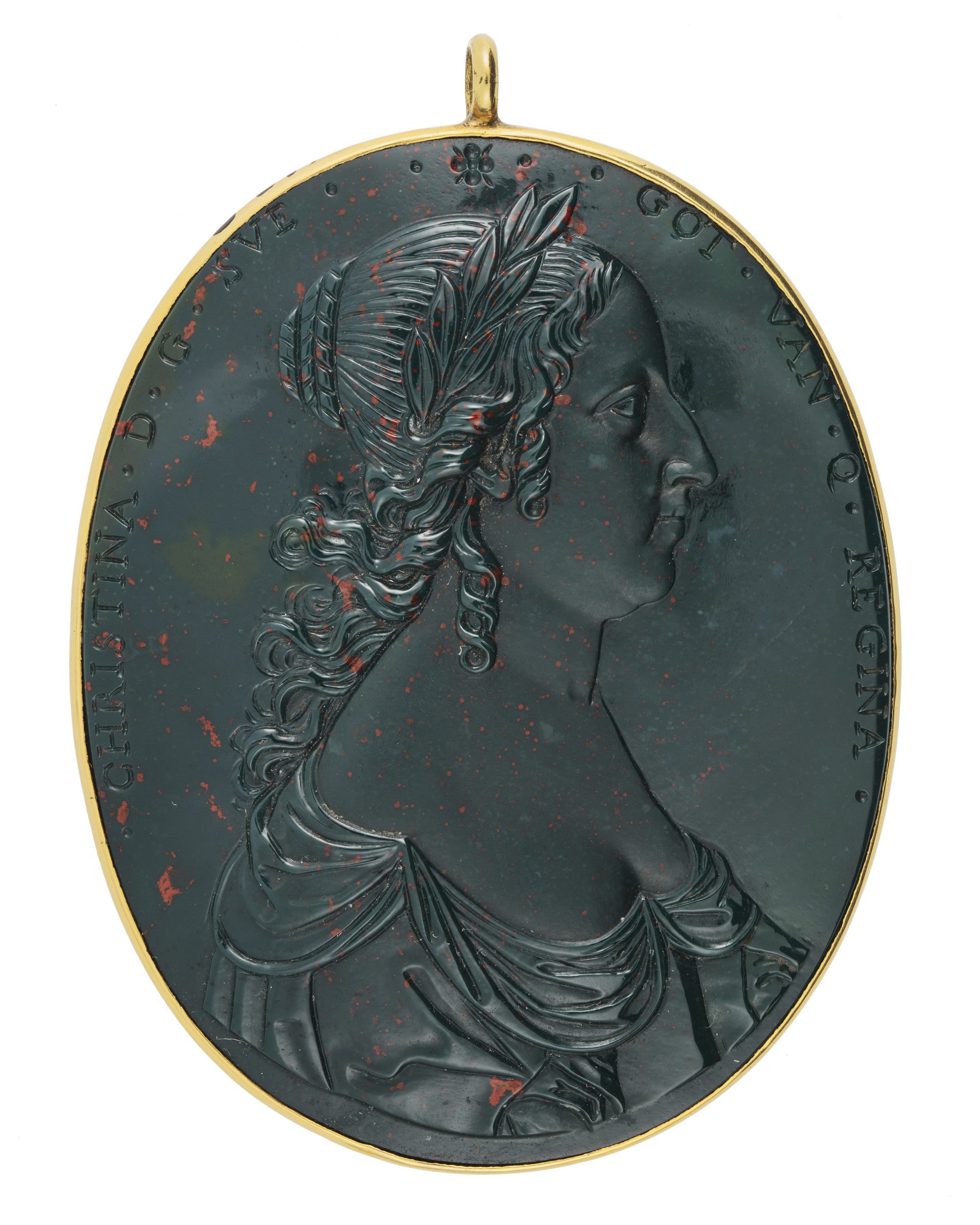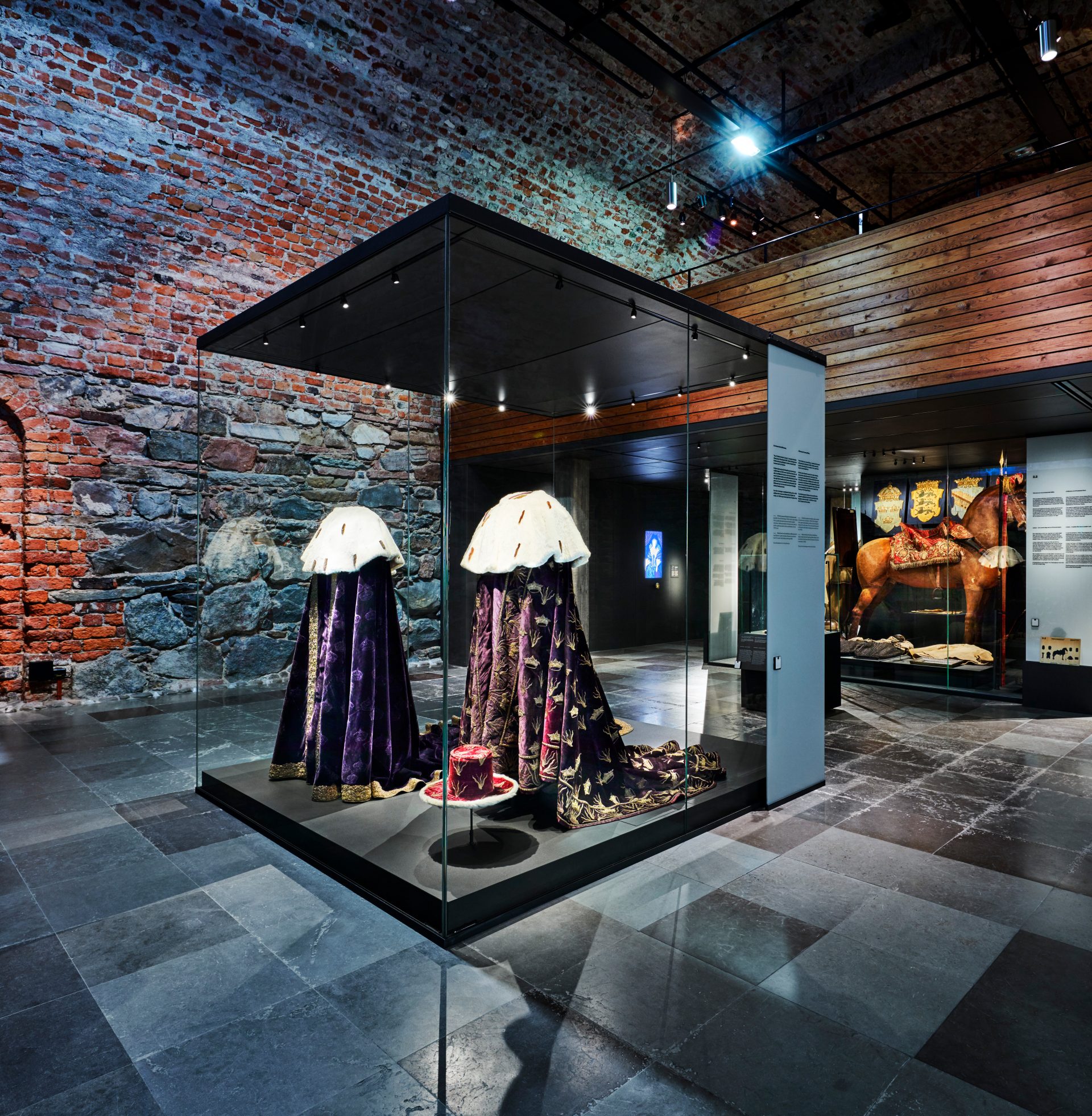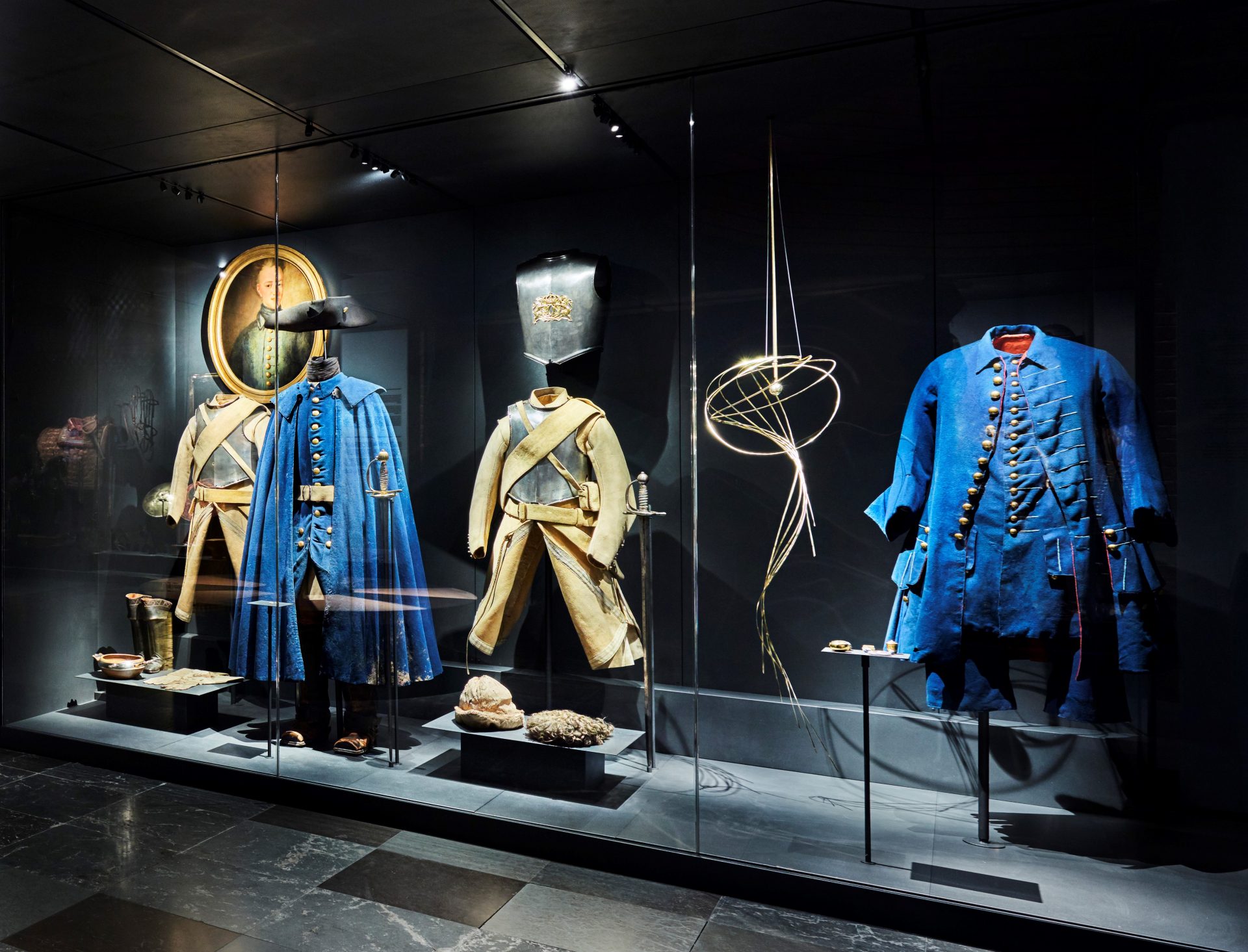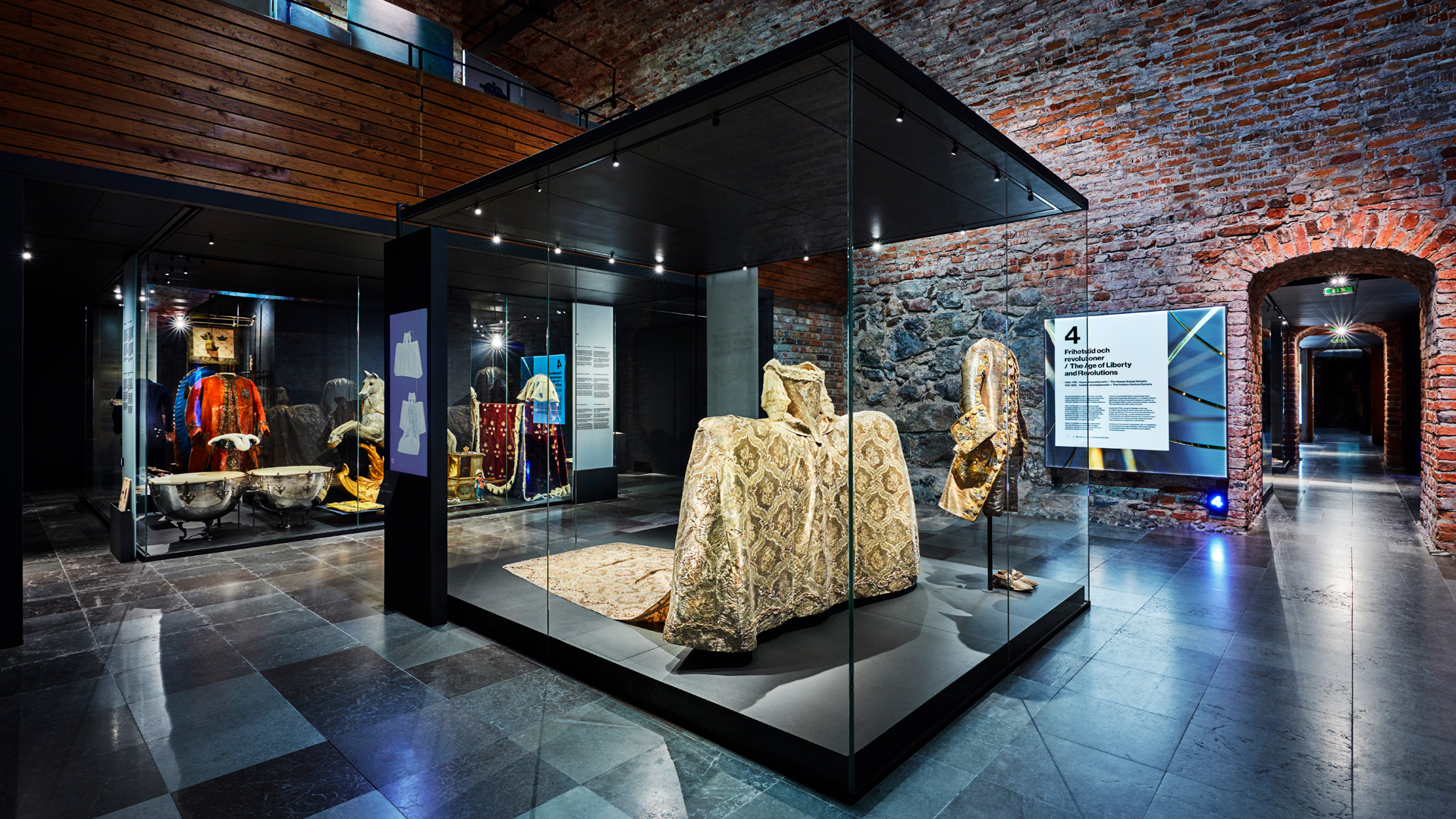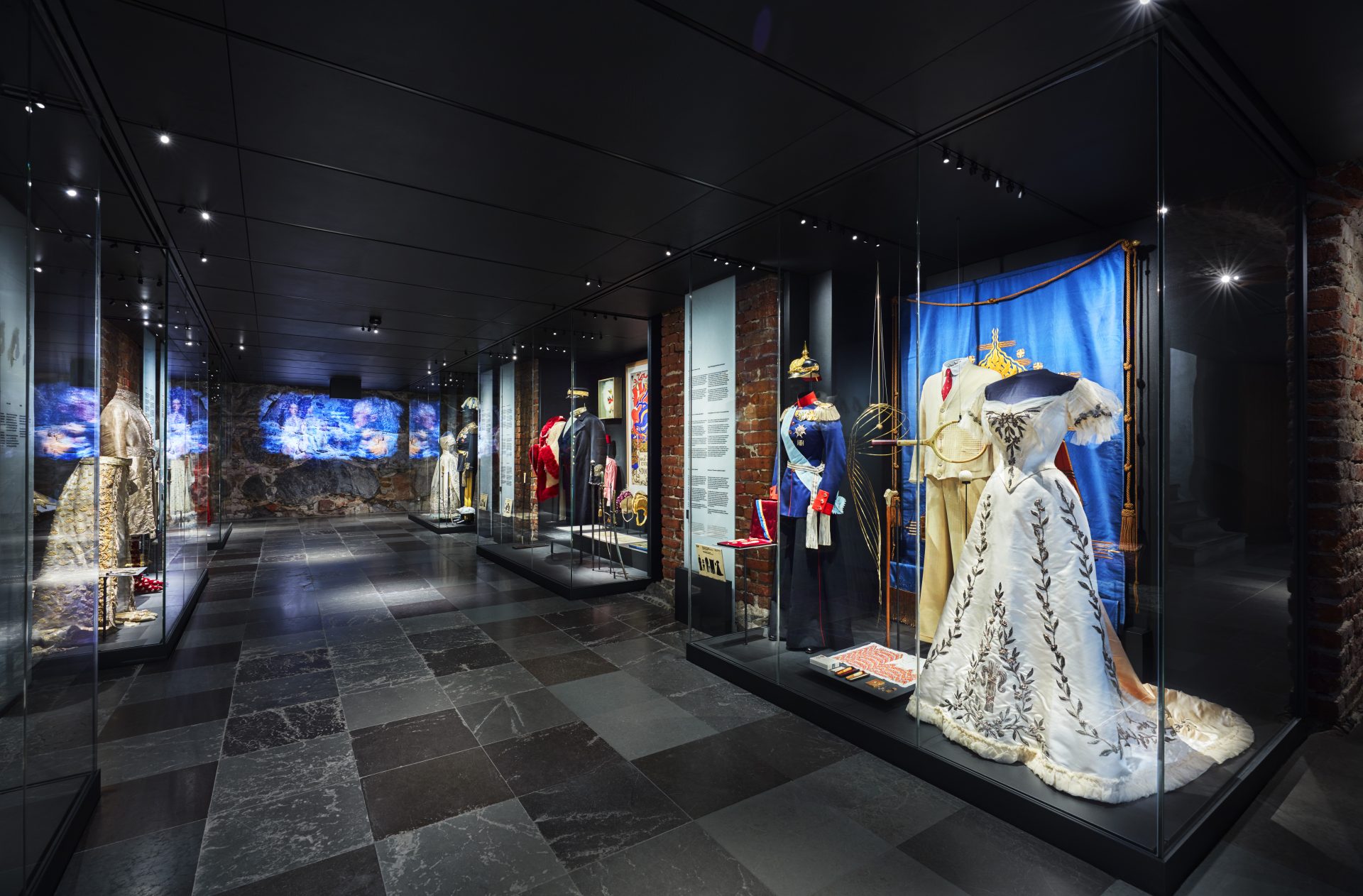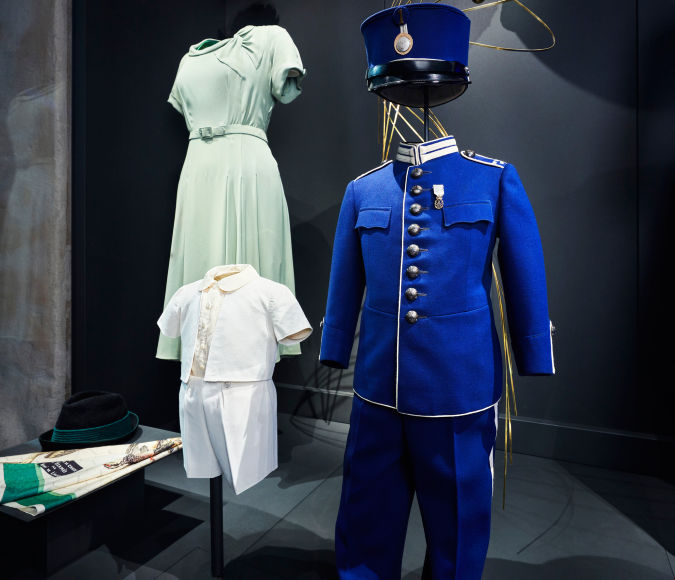
Sweden expands – militarily and culturally
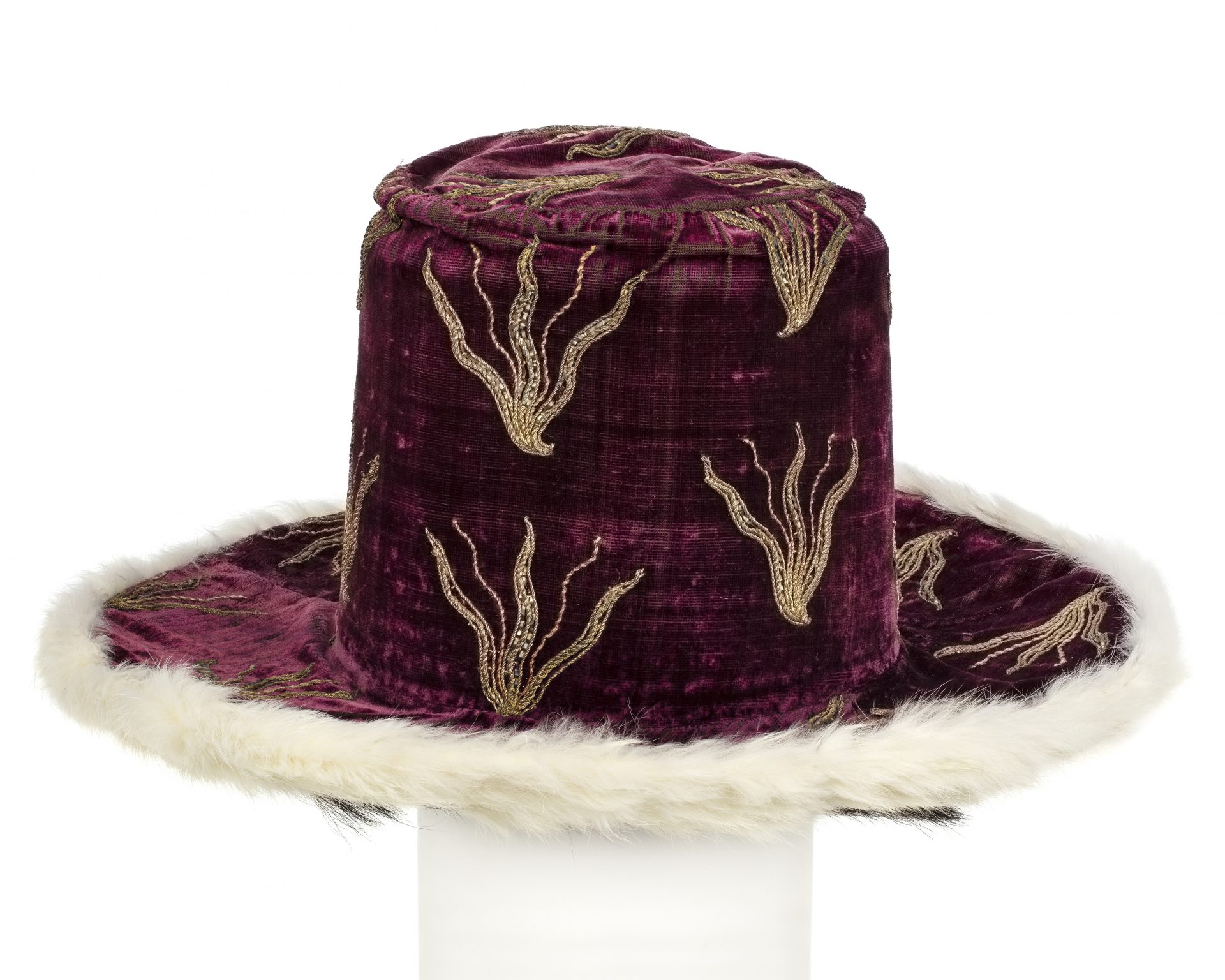
The Battle of Lützen
Sweden’s influence in major politics increased under Gustav II Adolf. When Gustav II Adolf succeeded his father Karl IX in 1611, he also inherited a conflict with Poland. The Polish king Sigismund was unwilling to recognise his cousin Gustav Adolf as the rightful king of Sweden.
Gustav II Adolf landed in North Germany with his army in 1630 to help the Protestant troops. The Battle of Lützen was fought on 6 November 1632. The town of Lützen had been set ablaze, and smoke and fog impaired visibility. The King, who took part in the battle, had his elbow crushed by a musket ball. He lost control of his horse, Streiff. After being wounded several times, he died on the battlefield. His body was found and taken home to Sweden in a large funeral procession.
Preserved artefacts from the Battle of Lützen were saved in the Royal Dressing Room. The purpose was to present Gustav II Adolf as the legitimate Protestant hero King who died on the battlefield for the right faith, kingdom and people. Gustav II Adolf had previously worked consciously to create a legacy and to consolidate the legitimacy of his line to the throne. In 1628, he had left the uniforms from his Polish campaign to the Royal Dressing Room to be saved “for eternal remembrance”.
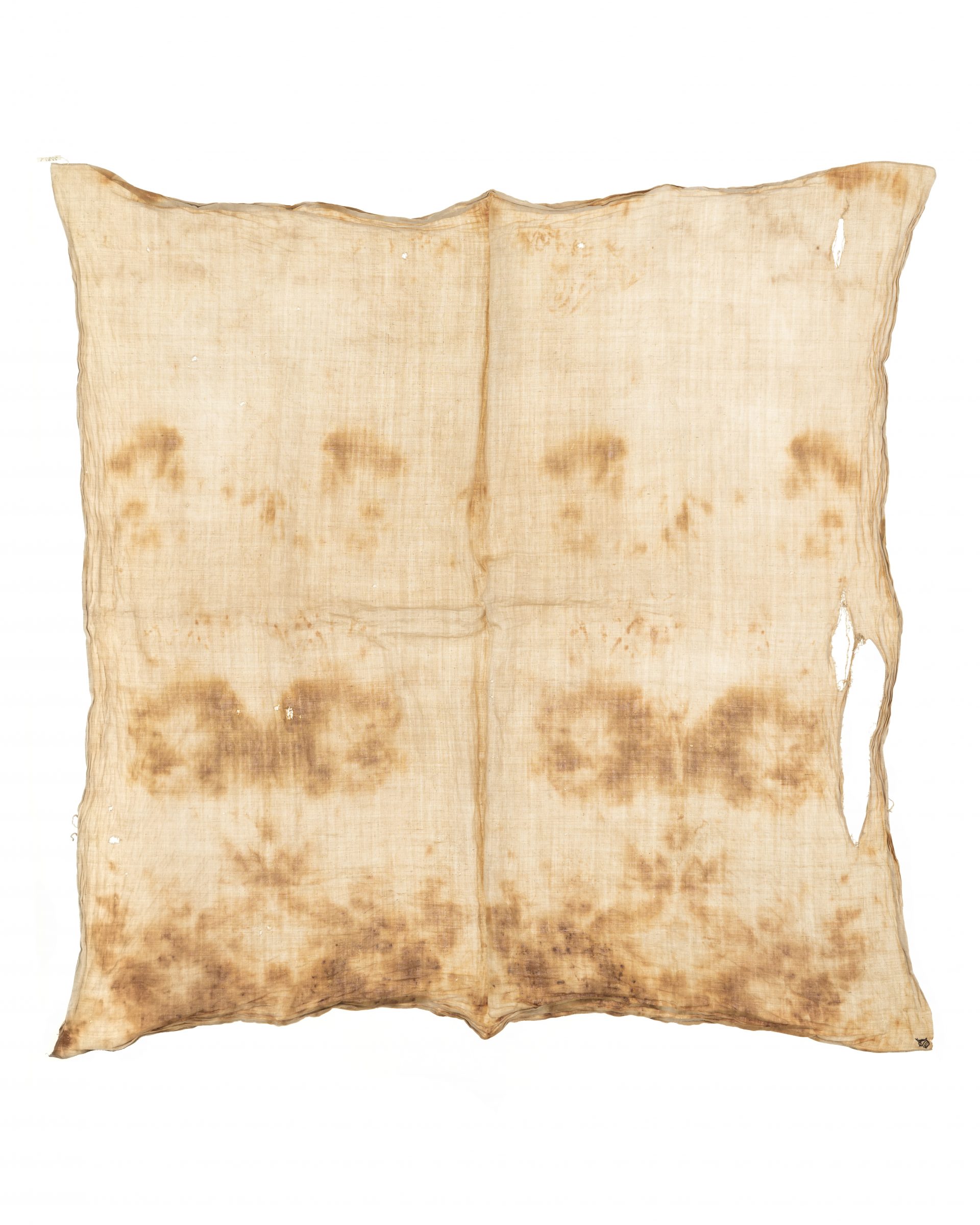
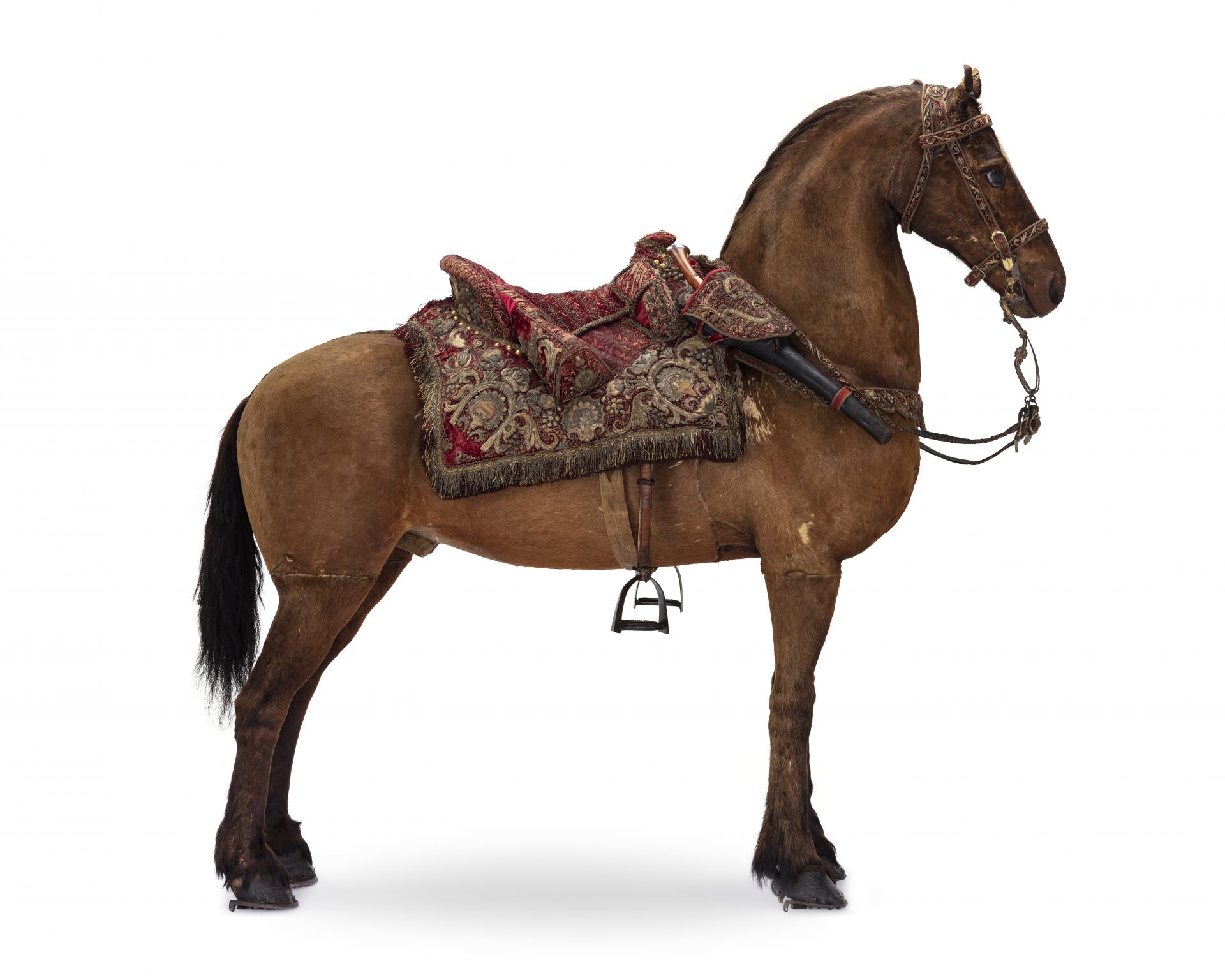
Queen Kristina
After the King’s death in 1632, his only child, Kristina, was proclaimed Queen of Sweden, at the age of six. The Chancellor Axel Oxenstierna led a regency government until Kristina came of age, in 1644. Gustav II Adolf had decided that Kristina would have a royal and “male” upbringing. Among other things, she studied languages, history, philosophy and theology. Kristina also learned to ride, hunt and fence.
In 1650, Queen Kristina was crowned King. The coronation in Stockholm Cathedral confirmed her male authority and status as King by the grace of God. Masculine gender gave her royal status.
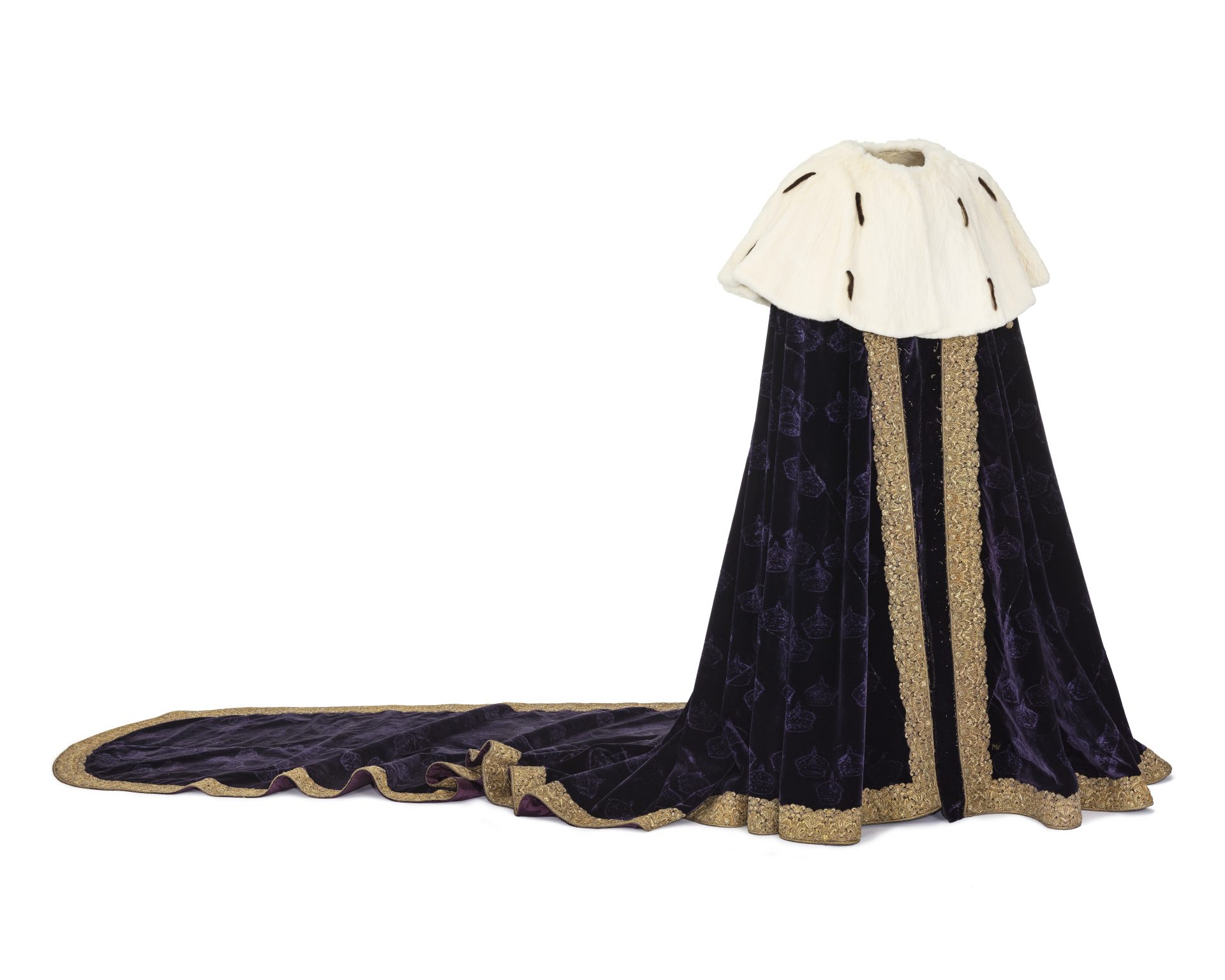
Queen Kristina wanted to make Sweden a cultural superpower. She collected art and books, and invited prominent figures to the court, such as the French philosopher Descartes.
Kristina refused to marry. Instead, through a complicated political game, she made sure that her cousin Karl Gustav was elected heir to the throne. Her cousin was to succeed her if she died unmarried or childless.
Queen Kristina’s reign lasted only ten years. One year after her coronation, Kristina announced that she wanted to abdicate the throne and leave the kingdom. In 1654, her cousin Karl X Gustav took over. On 6 June 1654, she abdicated and left Sweden. When she converted to Catholicism the following year, she sent a shock wave throughout Europe. The Pope received her in Rome. When she died in 1689, she was buried in St. Peter’s Basilica in Rome.
